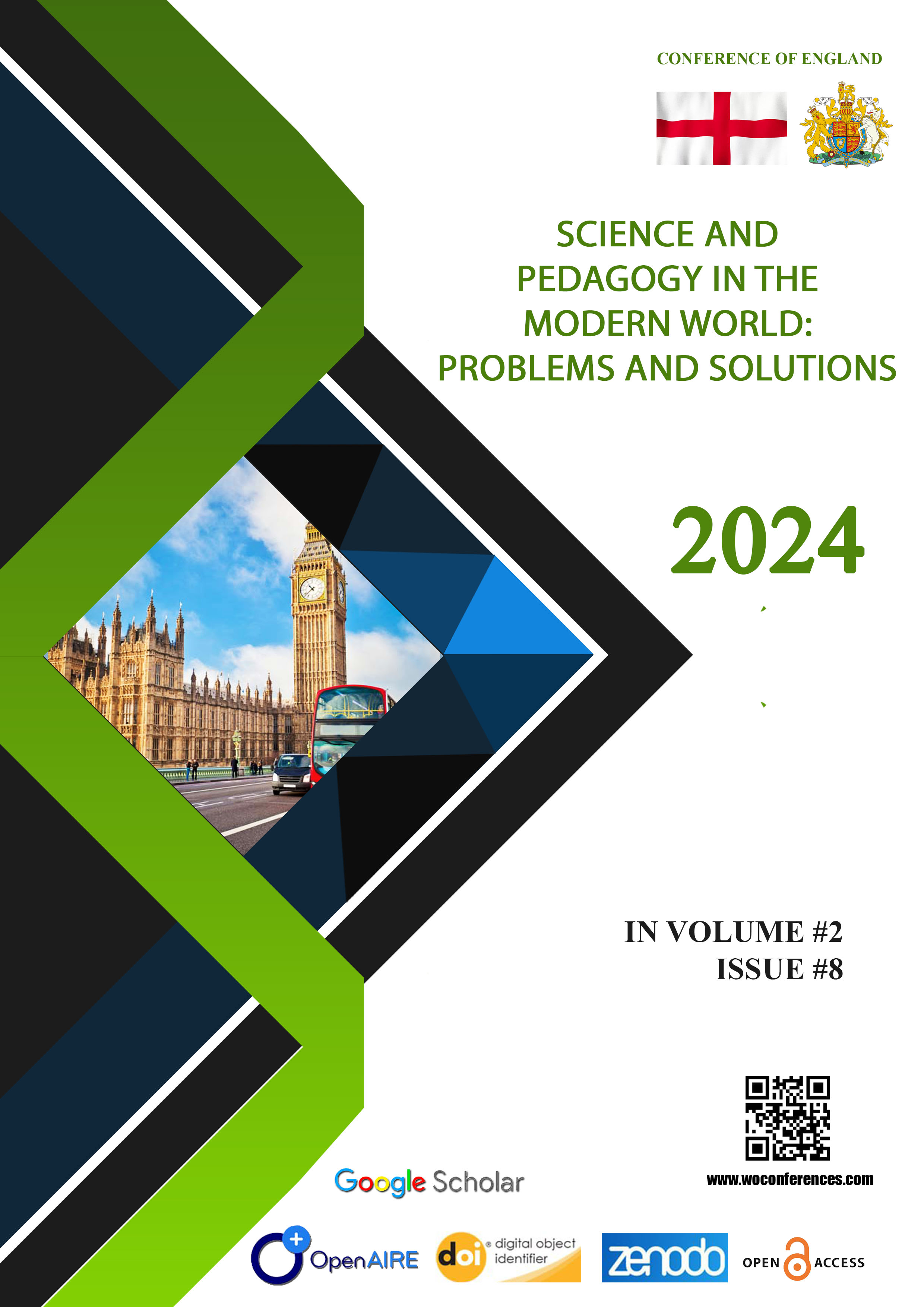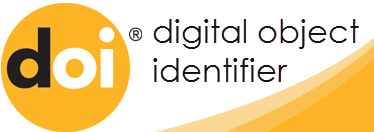EFFECTIVE TEACHING METHODS FOR ENGLISH LANGUAGE LEARNERS: A REVIEW OF THE LITERATURE
Abstract
This thesis paper reviews the literature on effective teaching methods for English language learners (ELLs). It begins by discussing the importance of English language education in today's globalized world. It then goes on to discuss the different types of ELLs and their learning needs. Next, it reviews the various teaching methods that have been used to teach English to ELLs, and discusses the strengths and weaknesses of each method. Finally, the paper provides recommendations for effective teaching methods for ELLs.
References
The research on effective teaching methods for ELLs is extensive. However, the research suggests that there is no single best teaching method for all ELLs. The best teaching method for a particular student will depend on the student's individual learning needs and preferences.
Some of the key findings from the research on effective teaching methods for ELLs include:
• ELLs need to be exposed to English in a variety of ways. This includes exposure to spoken English, written English, and multimodal texts.
• ELLs need to be given opportunities to practice using English in meaningful contexts. This includes opportunities to communicate with other English speakers in real-world situations.
• ELLs need to be provided with explicit instruction in grammar and vocabulary. However, this instruction should be contextualized and meaningful.
• ELLs need to be taught strategies for learning English independently. This includes strategies for vocabulary acquisition, grammar learning, and reading comprehension.
Recommendations:
Based on the research on effective teaching methods for ELLs, the following recommendations can be made:
• Teachers should use a variety of teaching methods to meet the needs of all learners.
• Teachers should provide opportunities for ELLs to practice using English in meaningful contexts.
• Teachers should provide explicit instruction in grammar and vocabulary in a contextualized and meaningful way.
• Teachers should teach ELLs strategies for learning English independently.
Conclusion:
There is no single best teaching method for all English language learners (ELLs). The best teaching method for a particular student will depend on the student's individual learning needs and preferences. However, the research suggests that effective teaching methods for ELLs include exposure to English in a variety of ways, opportunities to practice using English in meaningful contexts, explicit instruction in grammar and vocabulary, and instruction in strategies for learning English independently.
References:
• Brown, H. D. (2000). Teaching by principles: An interactive approach to language pedagogy (3rd ed.). Addison Wesley Longman.
• Krashen, S. D. (1982). Principles and practice in second language acquisition. Pergamon Press.
• Long, M. H. (1983). Native speaker/non-native speaker conversation and the negotiation of meaning. Applied Linguistics, 4(2), 126-141.
• Swain, M. (199









